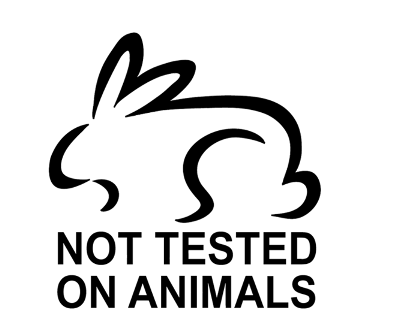
Nov 29, 2015
A new program is moving China toward eliminating animal testing for toiletries, lipsticks, moisturizers and other beauty products. British scientists are lending a hand, too, in helping the country with the world’s largest economy to replace animal testing with alternative approaches.
“We need to help the Chinese to get to a place where it is safe for them to stop using animals in testing,” Judy MacArthur Clark told The Guardian earlier this month.
MacArthur Clark heads the U.K.’s Animals in Science Regulation Unit, which monitors the country’s research establishments for compliance with animal welfare requirements.
“Their consumers have to know they will be safe to use cosmetics, even though they are no longer being tested on animals,” she says.
In the U.S., cosmetics are regulated under the 1938 Food, Drug and Cosmetic Act (FD&C Act), which is enforced by the FDA, according to BCC Research analyst Srinivasa Rajaram
“Historically, there has been little need for the FDA to use its regulatory authority over cosmetics, as most companies use safe ingredients and have acted voluntarily to prevent safety problems,” she says. “Similarly, in the European Union (EU), cosmetics fall under the regulatory purview of the 1976 EU Cosmetics Directive. Legislation varies from one country to another, but most countries have some sort of formal legislation that either restricts or prohibits certain ingredients or products.”
China currently requires imported cosmetics to be tested on mostly rabbits, mice, rats, and guinea pigs. In 1998, Britain banned the practice, followed by the European Union in 2013.
According to MacArthur Clark, China conducts tests on about 300,000 animals a year, after which they are anesthetized and killed. Currently, China requires products made in Europe to be retested on animals, a costly endeavor in terms of time, money and especially animal life, critics say.
Nick Palmer of Cruelty Free International, told the Guardian, “We all want a change. The image of shampoo being squirted into a rabbit’s eyes is no longer acceptable.”
China’s initiative toward animal-free testing signals a growing global movement as other nations such as Brazil, Russia, Thailand, and South Korea have pledged to also phase out animal testing for toiletries, Palmer says.
China’s commitment to eliminate animal testing coincides with its rise as the world’s largest economy, a designation it reached in 2014. According to Rajaram, overseas companies are realizing the huge market potential in China, and they are “aggressively taking steps that include acquiring local brands, relocating their regional headquarters to China and bringing in more of their international brands.
“China’s cosmetic ingredient market is growing at almost the same pace as the cosmetics market. The market is expected to reach $1.6 billion in 2016 and then further to $2.1 billion in 2021, with a CAGR of 5.9% over the five-year period from 2016 to 2021,” she says.
Globally, the market for functional ingredients used in cosmetic and toiletry products is expected to grow to $22.7 billion in 2015. The market should grow at a compound annual growth rate (CAGR) of 4.7% from around $23.8 billion in 2016 to nearly $30 billion in 2021, according to Rajaram.

Biophotonics: Technologies and Global Markets (PHO024B)

Global Trade: A Strategic Shift The global trade environment is undergoing a dra...

The global demand for cutting-edge materials continues to rise, and at the foref...

We are your trusted research partner, providing actionable insights and custom consulting across life sciences, advanced materials, and technology. Allow BCC Research to nurture your smartest business decisions today, tomorrow, and beyond.
Contact UsBCC Research provides objective, unbiased measurement and assessment of market opportunities with detailed market research reports. Our experienced industry analysts assess growth opportunities, market sizing, technologies, applications, supply chains and companies with the singular goal of helping you make informed business decisions, free of noise and hype.